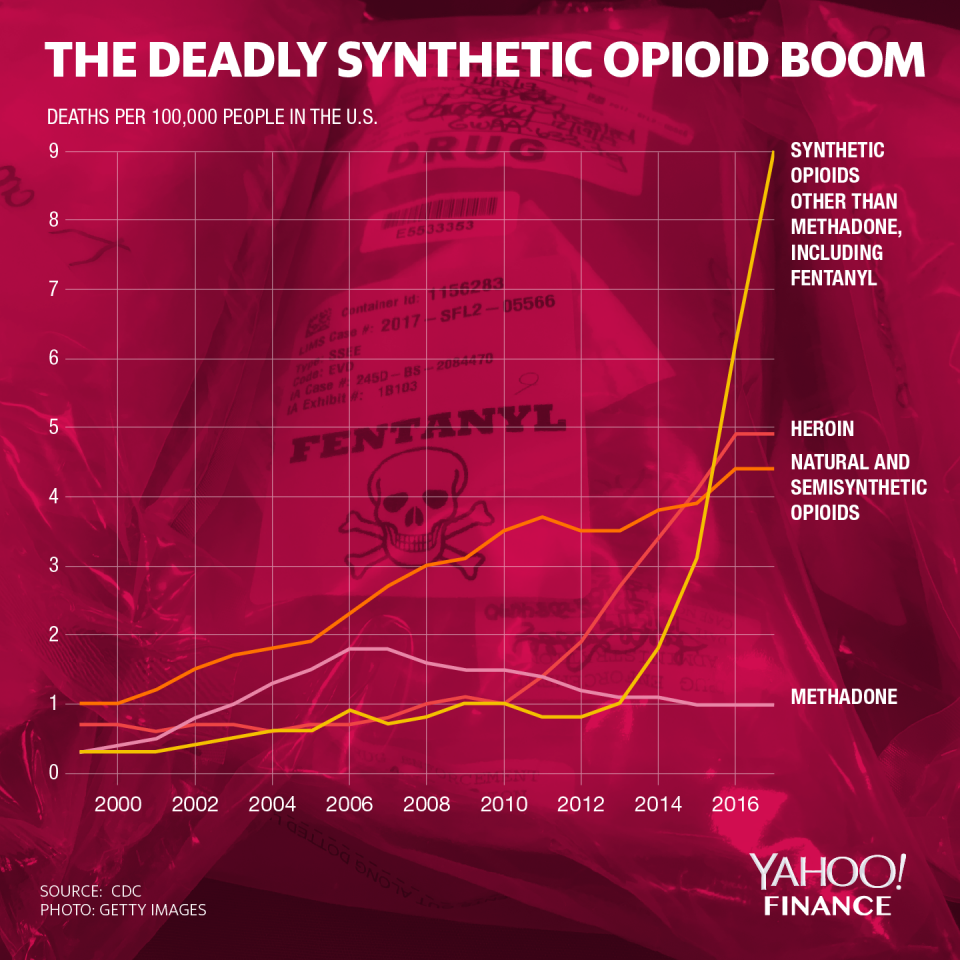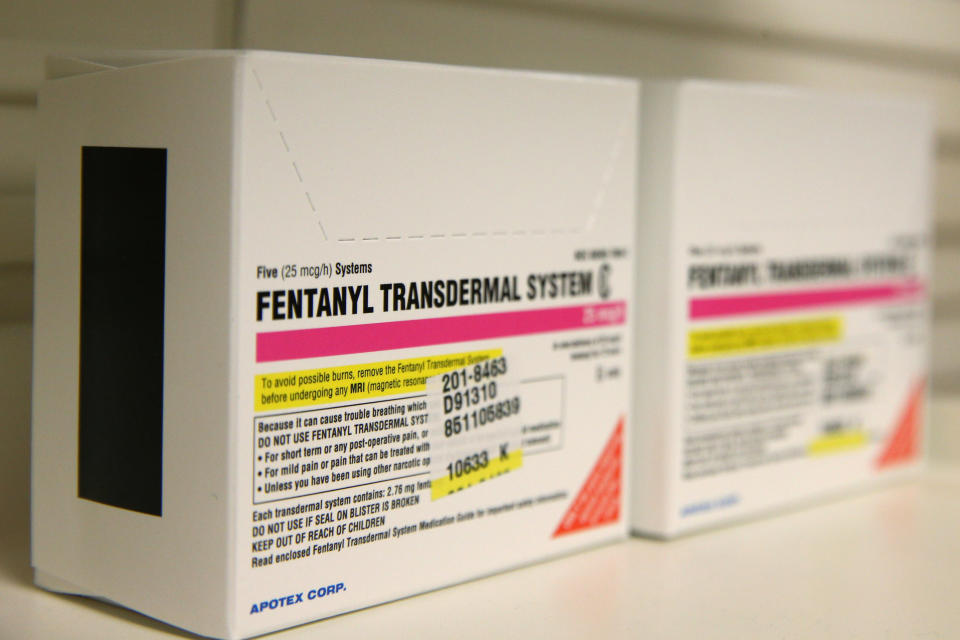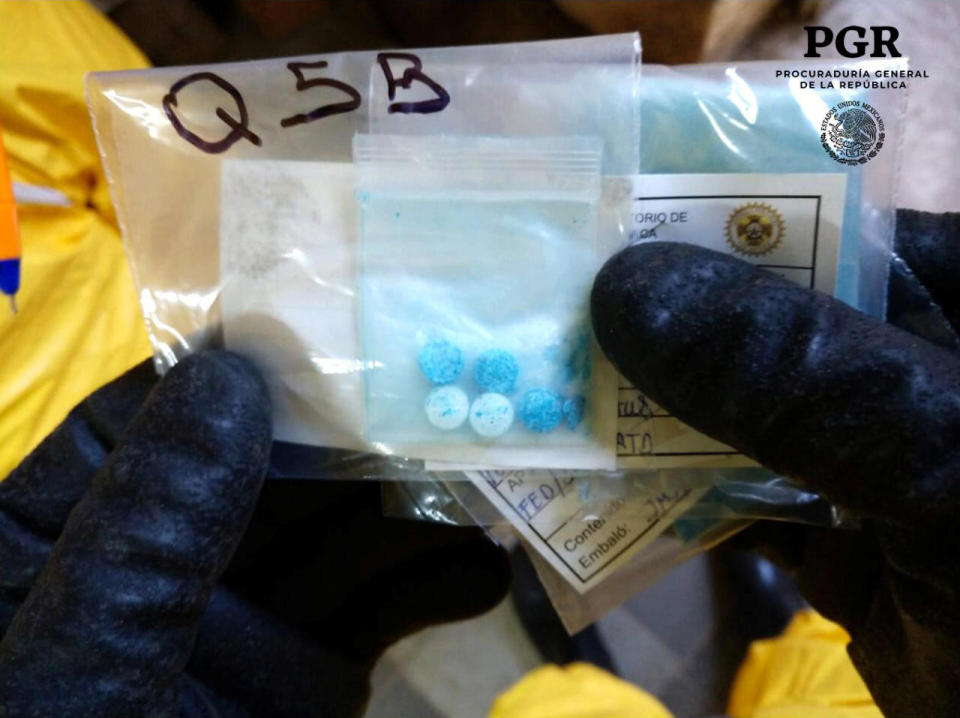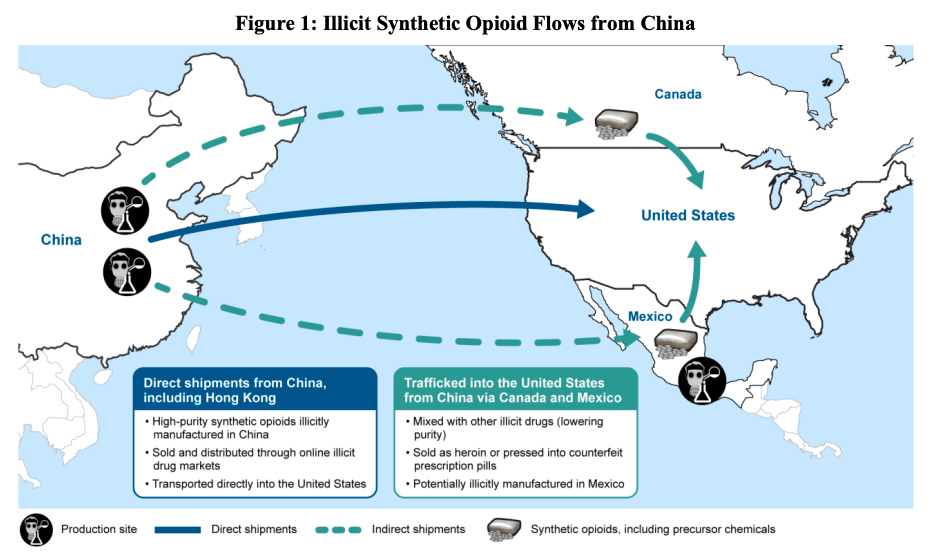Author details ‘the worst drug crisis in American history’
Fentanyl continues to be a deadly problem in the U.S. Earlier this year, the Pentagon and the Department of Homeland Security reportedly considered classifying the drug as a weapon of mass destruction.
Ben Westhoff explored this issue in his new book, “Fentanyl Inc,” and explains how there have been “three waves” of the nation’s opioid crisis.
“There was the prescription pills like OxyContin, then heroin, now fentanyl,” he said on YFi PM. “And fentanyl is killing more than the other two combined. It’s the worst drug crisis in American history.”
Between 2016 and 2017, synthetic opioid overdose deaths (including fentanyl) spiked 45%. Fentanyl can be 50 to 100 times more potent than morphine. And according to the National Institute of Health (NIH), “synthetic opioids, including fentanyl, are now the most common drugs involved in drug overdose deaths in the United States.”

‘Fentanyl was and continues to be an important medical drug’
“Fentanyl was and continues to be an important medical drug,” Westhoff explained. “And it’s still used for things like epidurals and childbirth. But the fentanyl we hear about is the illicit fentanyl. And really, not a lot of people want it. It’s cut into heroin, it’s cut into cocaine and other drugs because it’s much cheaper to make. And therefore, the drug dealers make a lot higher profits.”
This is a common phenomenon for drug users — many of them don’t actually seek out fentanyl but find it in other drugs they want to obtain.
“By and large, when this problem started, it’s important to keep in mind that drug users themselves did not want fentanyl,” Bryce Pardo, associate policy researcher at the RAND Corporation, previously told Yahoo Finance. “They didn’t know they were coming into contact with fentanyl. They thought they were buying heroin or they thought they were buying a prescription tablet.”

Westhoff explained that the “overprescription of opioids was the first step. That is what set us on this path. And so now, the lawsuits are kind of playing catch up. They’re trying to take down and penalize Purdue Pharma.”
Purdue Pharma, the creator of OxyContin, reached a tentative settlement with plaintiffs suing the company for its role in the opioid crisis. According to the New York Times, the terms include the Sackler family paying $3 billion in cash over seven years and no admission of wrongdoing.
“And then there’s Johnson & Johnson,” he continued. “Johnson & Johnson actually sells a fentanyl patch. And most people don’t know this, but the man who invented fentanyl, his company was bought by Johnson & Johnson, and they still make it — it’s called Janssen Pharmaceuticals. So it seems to me they’re going to be increasingly held liable as well.”
Last month, a judge ruled that J&J breached Oklahoma’s public nuisance law and ordered it to pay $572 million for its role in the state’s opioid crisis, a ruling that was the first of its kind.

‘It’s coming to the U.S. through two ways’
Much of the problem is the source of the drug: China. According to the U.S.-China Economic and Security Review Commission, China is the largest source of illicit fentanyl, as well as fentanyl-like substances that have been increasingly imported into the U.S. in recent years.
“China has a huge pharmaceutical industry, the biggest in the world,” Westhoff said. “And a small part of that but still big is making this illicit fentanyl. And it’s coming to the U.S. through two ways. It’s coming through the U.S. mail and even UPS, DHL, FedEx. And it’s also coming from the Mexican cartels through the Southern border.”
President Trump has accused the Chinese government of not doing enough to stop fentanyl from entering the U.S. He went so far as to impose sanctions on three Chinese nationals accused of trafficking synthetic opioids and even suggested that fentanyl was one of the reasons behind the ongoing trade tensions with China.
“The problem is that China is not only failing to tamp down this industry,” Westhoff said. “They’re actually encouraging it. And I infiltrated Chinese drug operations, including a lab, and that’s how I started to learn about the financial incentives. These companies are getting huge tax breaks for exporting fentanyl.”

Another issue within China is the fact that these drug manufacturers are always able to stay one step ahead of the government — something that many drug policy experts and DEA agents refer to as “a game of Whack-a-Mole” or “cutting off the Hydra heads,” as Westhoff detailed in his book.
“When a country bans a type of fentanyl, all [that] the lab chemists have to do is tweak the molecular formula just a tiny bit,” he said. “Now they have a new drug that’s just as potent or more potent than fentanyl, but it’s totally legal. And so China has been tweaking and tweaking them. Finally, they’ve taken some steps to ban these analogs.”
Adriana is an associate editor for Yahoo Finance. Follow her on Twitter @adrianambells.
READ MORE:
'They thought they were buying heroin': How fentanyl invaded the U.S.
Former DEA agent on fentanyl: ‘By far, the worst drug I’ve ever seen'
Read the latest financial and business news from Yahoo Finance
Follow Yahoo Finance on Twitter, Facebook, Instagram, Flipboard, SmartNews, LinkedIn, YouTube, and reddit.



